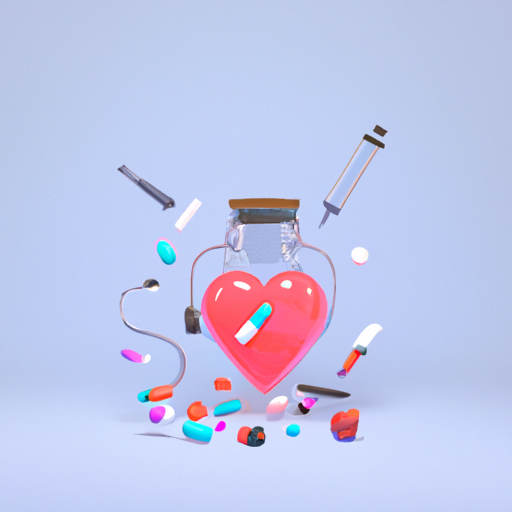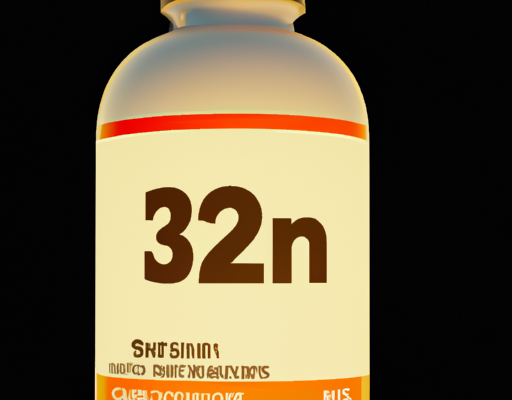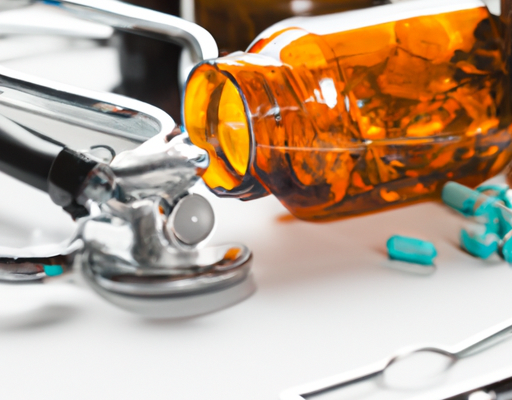• Definition of Varicose Veins
Varicose veins are twisted and bulging veins that are commonly found in the legs and feet. They typically appear as raised, blue-purple or sometimes red-colored veins. These veins are caused by a weakening in the vein wall that leads to an increase in pressure and bulging of the veins. This can lead to uncomfortable symptoms such as aching, itching, heaviness, cramping, and swelling. Varicose veins can be dangerous if left untreated, as they can lead to blood clots and other circulatory problems. It is important to get medical advice to determine the best way to treat them.
• Risk Factors
Bulging varicose veins may be more likely to occur in some individuals than in others. Risk factors for developing varicose veins include family history of vein disease, pregnancy, obesity, old age, and a sedentary lifestyle. Women are more likely to develop varicose veins than men. Additionally, people who stand or sit for long periods of time, such as those who work in a profession that requires them to be on their feet all day, are at higher risk. People who suffer from chronic constipation or bladder problems are also at greater risk for developing varicose veins. In some cases, deep vein thrombosis (DVT) can occur if a blood clot forms in one of the deep veins in the body. This can lead to swelling and pain in the affected area. Knowing the risk factors and taking steps to prevent varicose veins can help to reduce the chances of developing them.
• Health Complications
Varicose veins can cause a number of health complications if left untreated. While these veins may not always be painful, they can cause swelling in the legs and feet, as well as an achy sensation. Over time, this symptom can worsen and the legs may feel too tired and heavy to stand for long periods of time. Varicose veins could also lead to a condition called chronic venous insufficiency, which is when blood does not flow properly through the veins. This can lead to further complications, such as ulcers, and an increased risk of blood clots as the valves in the veins are damaged. While varicose veins typically need to be treated by a doctor, there are several lifestyle changes that can help reduce their appearance and improve the function of the veins. These include exercising regularly, keeping the feet elevated, and avoiding tight clothing.
• Prevention
Prevention of varicose veins starts with healthy lifestyle choices and can help to reduce risk. Exercise helps to improve circulation and strengthen the leg muscles, which helps reduce pressure on the veins. Wearing compression stockings and avoiding long periods of standing or sitting can help reduce swelling in the legs. Additionally, eating a diet low in salt can reduce the risk of fluid retention and swelling. Maintaining a healthy weight and avoiding tight clothing can reduce pressure on the veins and help with varicose vein prevention. Finally, getting regular checkups can allow for early detection and treatment of varicose veins.
• Treatment Options
Varicose veins are not only unsightly, they can also cause significant discomfort and pain. Thankfully, there are a variety of treatments available to reduce the swelling, reduce the pain and make the veins less visible. Treatment options vary depending on the severity of the condition, however, some of the most common treatments include sclerotherapy, endovenous laser ablation, and microphlebectomy. In sclerotherapy, a chemical solution is injected directly into the affected vein, causing it to shrink. Endovenous laser ablation uses a laser to heat up the vein walls and leads to them shrinking. It is a straightforward, minimally invasive procedure. Finally, microphlebectomy involves surgery to remove the affected vein. This option is usually used for the more serious cases. In most cases, these treatments are effective in providing relief from the symptoms of varicose veins and improving patient’s overall quality of life.
• Conclusion
In conclusion, varicose veins are not only unattractive, but can be dangerous if left untreated. The risk of complications increases if you have other risk factors such as obesity, pregnancy, or a family history of vein problems. However, this condition is easily treated by a variety of methods:
- Compression stockings
- Self-care such as exercising, elevating the legs and avoiding sitting or standing for long periods of time.
- Sclerotherapy
- Vein stripping
- Endovenous laser treatment
It is important to see a doctor when you first notice any signs of varicose veins, as early treatment may help prevent complications. Your doctor will be able to provide you with more information about the potential risks and treatments available.





No Comments